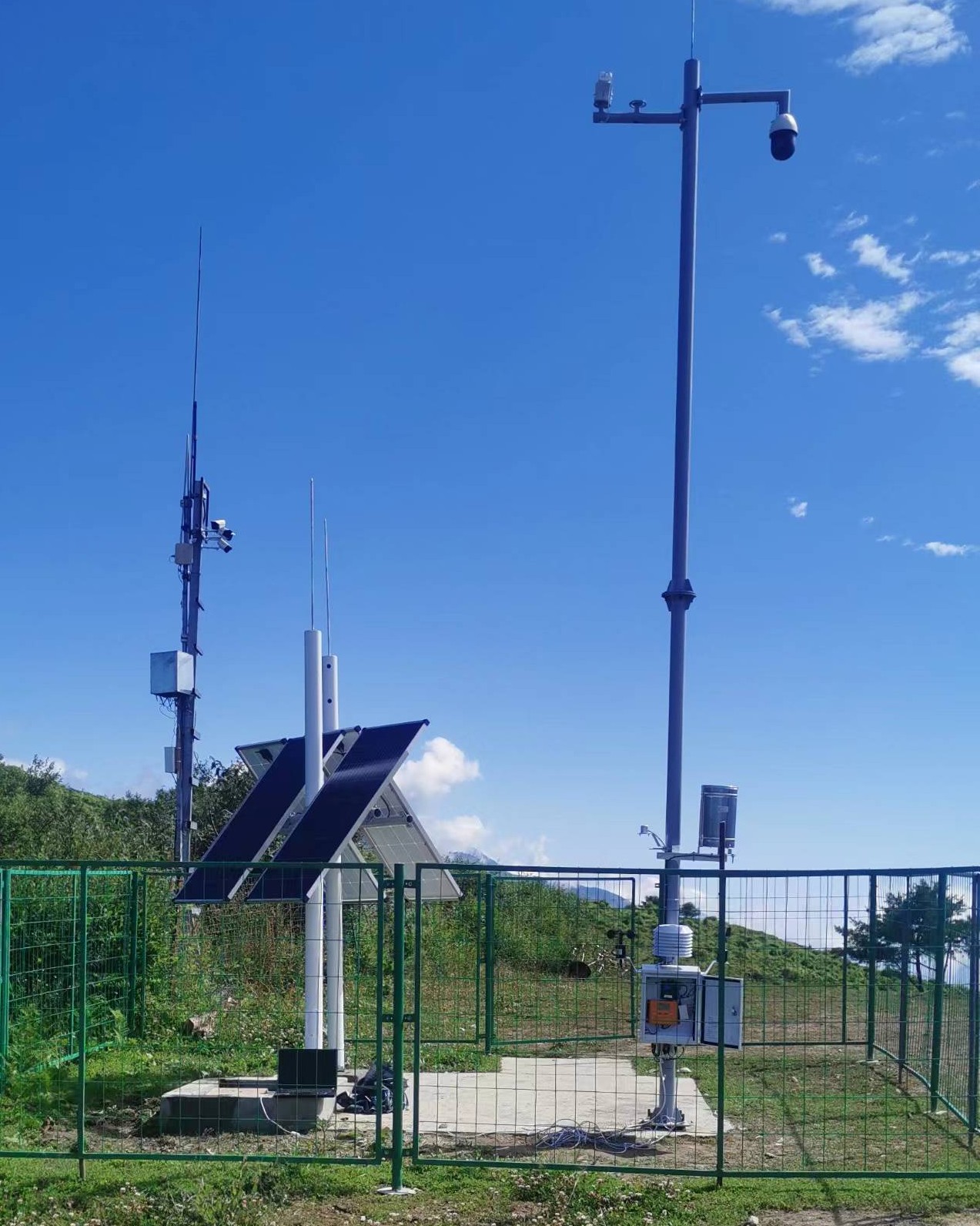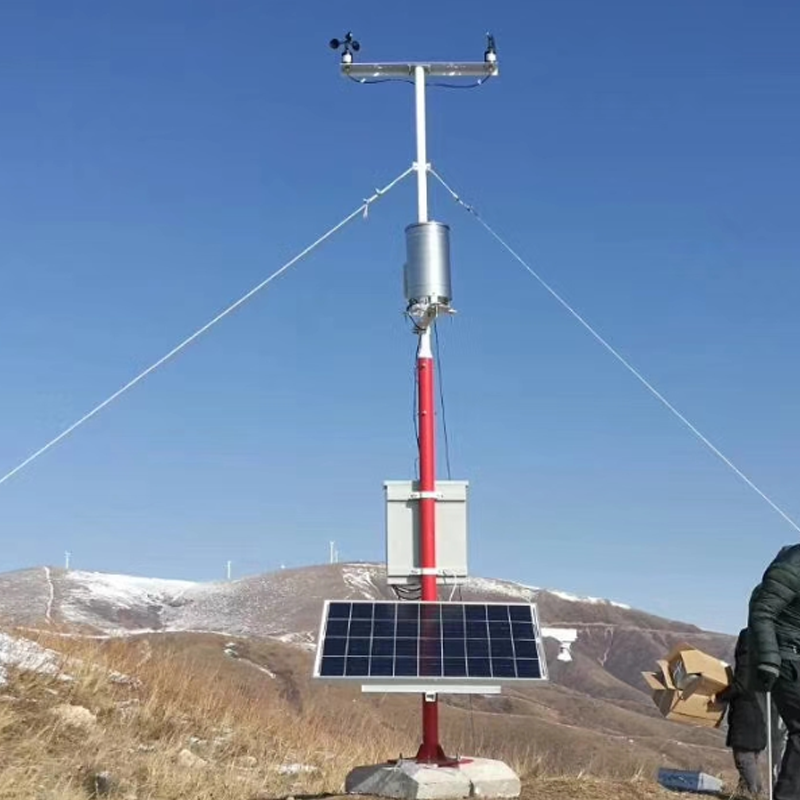Why is the study of grassland ecology inseparable from professional meteorological stations
2025-10-03 01:26:47
Grassland ecological research cannot be separated from professional meteorological stations, the core reason is that it can provide long-term, accurate, multi-dimensional climate data, providing a scientific basis for ecological process analysis, problem diagnosis and protection strategy formulation.

1. Fill the "blank area" of grassland climate data to support basic research
Grasslands are mostly located in remote and sparsely populated areas, lacking regular meteorological observation stations. Professional meteorological stations can be deployed in a targeted manner to address the issue of "data deficiency".
It can simultaneously monitor key meteorological elements such as temperature, precipitation, wind speed, humidity, and sunshine, providing basic data for analyzing the correlation between "climate - grassland vegetation" and "climate - soil".
2. Achieve long-term continuous monitoring to capture the patterns of ecological changes
Grassland ecological changes are periodic and slow, such as inter-annual differences in grass growth and changes in soil moisture over the years. Professional meteorological stations can achieve 24-hour uninterrupted and multi-year continuous monitoring.
Short-term manual surveys are difficult to capture the impact of extreme weather events (such as rainstorms and droughts) on the ecology. Meteorological stations can record extreme climate events and analyze their destructive or driving effects on the grassland ecosystem.
3. Improve research accuracy and avoid errors caused by "empirical judgment"
Traditional grassland research relies heavily on manual sampling and qualitative descriptions, while professional meteorological stations can provide quantitative data, such as temperature changes accurate to 0.1℃ and precipitation accurate to 0.1mm, making ecological analysis more precise.
For different types of grasslands (such as typical grasslands and desert grasslands), professional meteorological stations can customize monitoring parameters, such as increasing soil temperature and grassland evapotranspiration monitoring, to match specific research needs.
4. Provide decision-making basis for grassland ecological protection and restoration
Based on long-term data from meteorological stations, we can predict the risk trends of grassland drought and degradation. This allows for the formulation of intervention measures in advance, such as guiding pastures to practice rational rotational grazing and determining the optimal irrigation timing.
In grassland ecological restoration projects, meteorological station data can be used to evaluate the effectiveness of restoration efforts. For instance, by comparing the correlation changes between "precipitation - vegetation coverage" before and after restoration, the effectiveness of the restoration plan can be verified.

Keyword:



